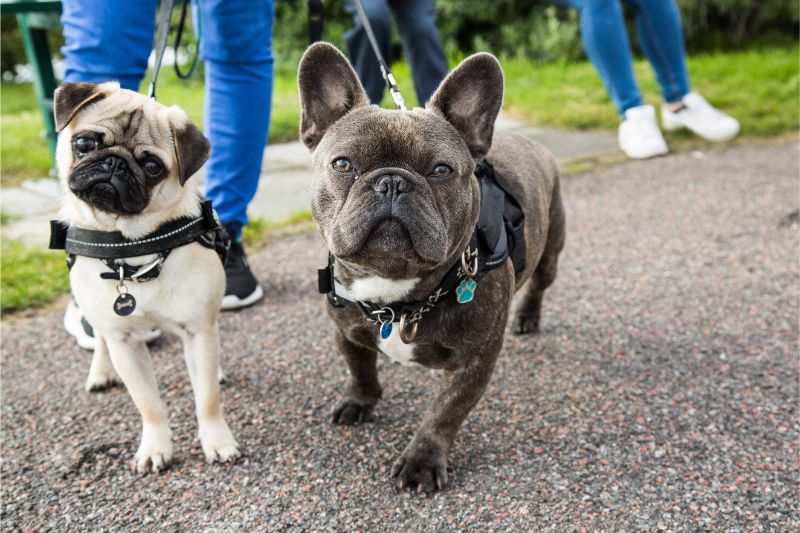The Heat is On: Summer Paw Safety

Four-footed friends need special attention in summer. With warmer weather and longer summer days, chances are good that you’re spending more time with your best dog pal outdoors.
Whether you’re vacationing together, playing frisbee in the yard, or swimming in the lake or river, your dog’s increased exposure to the outdoors requires more vigilance on your part.
The condition of your dog’s feet is key to health and well being. When it comes to those four feet, let Volunteer Veterinary Hospital share some tips and tricks that will ensure a happy and healthy summer for your pet.
Signs of a Burn
Hot surfaces such as asphalt, paving stones, boat docks, and manhole covers can scorch your dog’s sensitive paws. Many pet owners don’t notice paw burns until it’s too late. Since pets walk on all fours, it can be difficult for pets to stand or walk if they have paw pad burns. Be mindful of the following signs:
- Atypical pulling on the leash and trying to get to shadier sections of the road
- Limping
- Reluctance to walk
- Paw pads that have changed color or become darker
- Licking or chewing at the paw pads
- Inflamed, raw, or blistered pads
If you notice any of these signs, move your dog to a cooler area right away (carry them if necessary) and run cool water over the paw pads. Then bring your dog to see us right away. We’ll assess the level of damage and determine what treatment is needed.
Summer Paw Safety
Don’t sweat it – did you know that when dogs become overheated, they sweat from their paw pads? While panting is still the first clue that your dog needs to cool off, a trail of wet footprints is another reason to move to a cooler spot. Get out of the sun, find the air conditioning, and wipe down feet with a wet washcloth.
Walk when it’s cool – in the sultry season, walk or run your dog only during the cooler parts of the day – early morning, or evening. Take her to a dog-friendly park and walk on the grass instead of on hot surfaces like pavement or sand. Staying off of hot surfaces can keep your pet’s feet from getting scorched.
Keep nails trimmed – if you can hear your dog’s nails clicking as she walks, it’s time for a trim. Schedule an appointment to see us so we can keep her nails from damaging tender paw pads. If you see hair growing between the pads, it also needs to be trimmed.
Look out – as you’re walking with your dog, keep a lookout for broken glass, burrs, foxtails, and other hazards. The aforementioned hair between paw pads can trap stones and other foreign objects that may damage or irritate your pet’s paws. Inspect your pet’s paws after walking or being outdoors, and see us if you notice anything amiss.
Watch for limping – sometimes a burr can get stuck between your dog’s pads. If you notice her limping, inspect the pads and remove objects with tweezers. Pad burns can also cause limping and a reluctance to walk, so if that’s the case you need to bring your dog to see us right away.
Softened pads – spending time in the pool or lake can soften paw pads. This can make them more susceptible to burning. Lotions and petroleum jelly can have the same effect, so ask us for paw conditioners that are recommended specifically for pets.
Check for cracks – walking on hot surfaces and hot weather can cause paw pads to become dry and cracked. Use a veterinary recommended paw salve to prevent cracking and keep paw pads feeling their best.
Lickity split – dogs lick their paws for different reasons. For some, it may relieve stress while for others it may be an indication of allergies. Wipe your pet’s paws down after being outside to reduce allergens, and see us if the licking is excessive.
Now that you’re up to date on summer paw safety, we hope you’ll be getting outside to enjoy the season with your best friend. If you have any questions about your pet, please give us a call.

